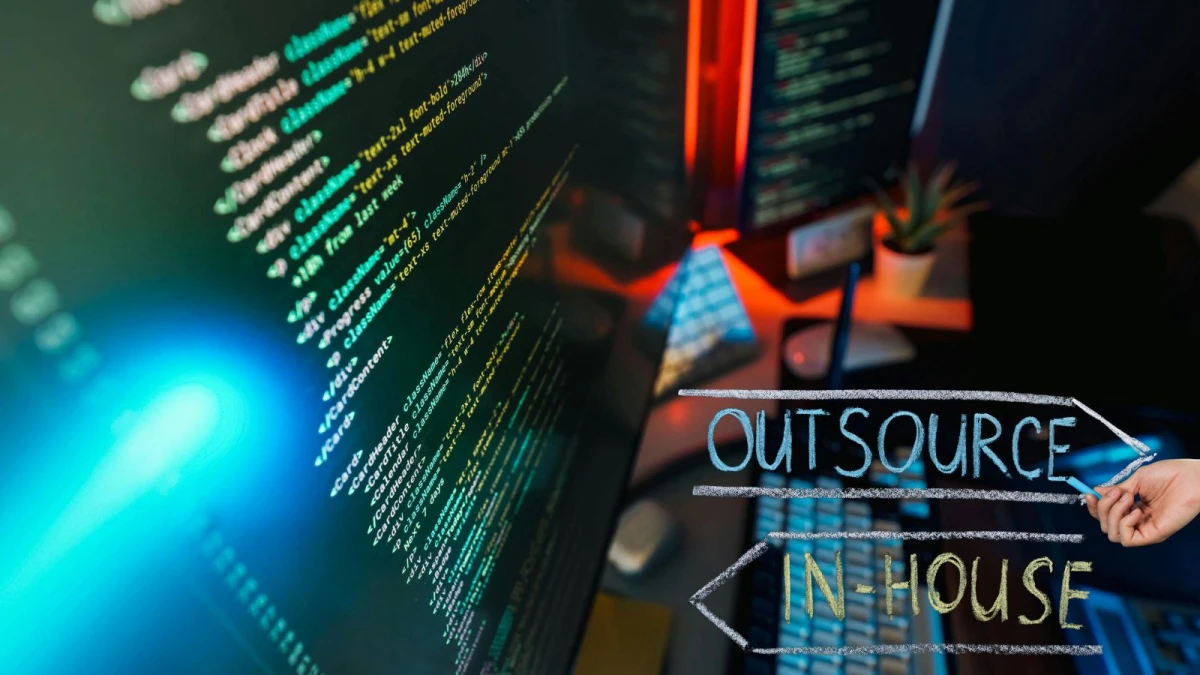
Build or Buy? The Hidden Reality of Securing Your Software Supply Chain
Securing the software supply chain has become one of the most urgent challenges in modern engineering. After the SolarWinds breach exposed how compromised build systems can devastate global networks, organizations began rethinking how to protect every layer of their software delivery pipelines. One key debate centers on whether to build hardened container images internally or to purchase managed solutions.
While the DIY route may appear straightforward — start from a base image, patch vulnerabilities, automate updates — the reality is far more complex. Most upstream distributions lag behind on security updates, and what begins as a quick fix often evolves into a continuous maintenance burden. Developers must track vulnerabilities, test compatibility, and manage frequent upstream changes that can break automation pipelines. Even with sophisticated tools, human oversight remains essential.
Beyond building, secure distribution is equally critical. A 2024 DockerHub breach — where attackers pushed a compromised image of the Kong Ingress Controller — highlighted how easily hardened images can become new attack vectors if access and delivery systems aren’t tightly controlled.
Ultimately, hardening software isn’t a one-time feature but an ongoing practice. The true differentiator between resilient and vulnerable systems lies in whether teams can sustain that discipline over time.


